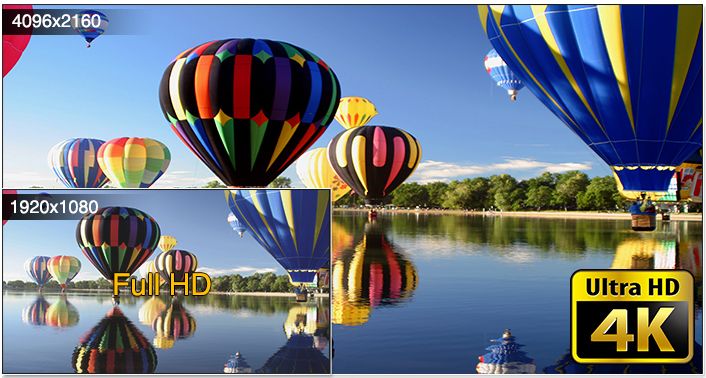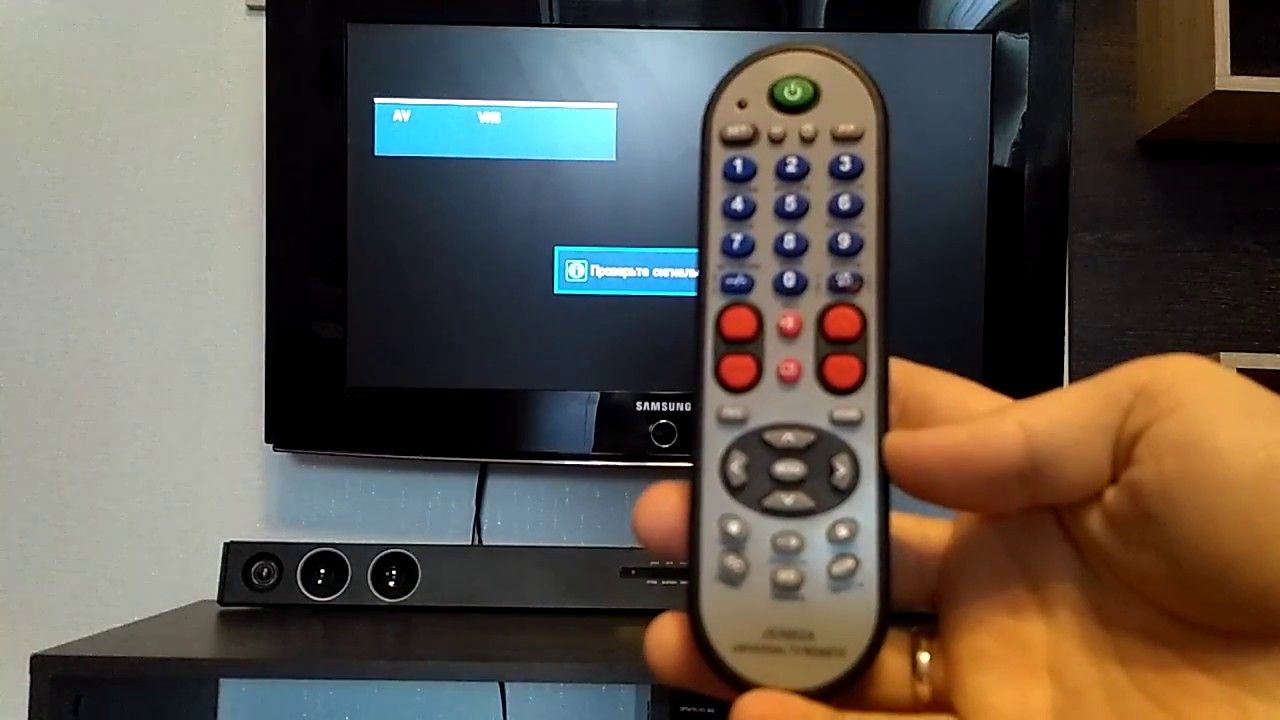Types of TVs
 With picture technology advancing faster than ever, High-Def has become the standard, giving TV buyers more options at lower prices. But what's different about all these confusing TVs, and what should you know before you buy one? If you're planning on buying a TV for a loved one (or just for yourself), this may help you know what to look for. Take a look to find out what sets HDTVs apart, learn some of the confusing terms associated with them, and see a comparison of the types of TVs commonly sold today. What are the differences between the types and types of TVs, what are the differences and classifications, types and formats, we will consider below.
With picture technology advancing faster than ever, High-Def has become the standard, giving TV buyers more options at lower prices. But what's different about all these confusing TVs, and what should you know before you buy one? If you're planning on buying a TV for a loved one (or just for yourself), this may help you know what to look for. Take a look to find out what sets HDTVs apart, learn some of the confusing terms associated with them, and see a comparison of the types of TVs commonly sold today. What are the differences between the types and types of TVs, what are the differences and classifications, types and formats, we will consider below.
The content of the article
CRT
If you bought a television in the late 1960s and 2000s, it was likely a cathode ray tube (CRT) set. Each CRT set has a vacuum tube with electron guns that fire red, green, and blue electrons onto a phosphor screen. The beams scan the dark screen, creating thousands of red, green or blue dots to create an image.
The technology dominated for three-quarters of a century—CRT TVs date back to the 1930s—and it wasn't until 2007 that sales of thinner, more versatile LCD monitors surpassed sales of CRT TVs.
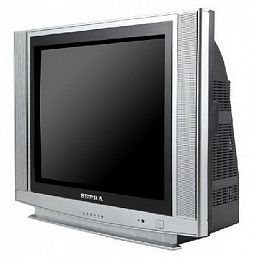
LCD vs plasma
Flat screens began to appear in the late 1990s. Their immediate advantage over CRTs was space. They were also lighter so they could be wall mounted and have larger screen sizes.
But the choice between a CRT and a flat screen wasn't easy—in the early 2000s, you had a choice of two flat-panel technologies: LCD or Plasma.
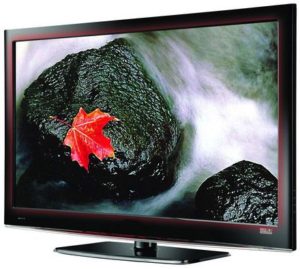 LCD panels are backlit by CCFL lamps, which glow through a polarizing filter and an array of color LCD cells. Each cell produces a different number of colors, creating a picture. Plasma screens consisted of thousands of cells between glass panels. Each of the cells (or pixels) contains gas, and when an electrical charge is passed through a reaction, a reaction occurs and red, green or blue light is emitted depending on the current. Plasma sets had superior black levels, contrast, better viewing angles, and high refresh rates (meaning less blur during fast motion). However, they were less energy efficient than LCDs, and as LCD TV prices dropped, they were eventually overtaken in popularity by LCD and LED technologies. In 2014, Panasonic and other manufacturers stopped producing plasma kits.
LCD panels are backlit by CCFL lamps, which glow through a polarizing filter and an array of color LCD cells. Each cell produces a different number of colors, creating a picture. Plasma screens consisted of thousands of cells between glass panels. Each of the cells (or pixels) contains gas, and when an electrical charge is passed through a reaction, a reaction occurs and red, green or blue light is emitted depending on the current. Plasma sets had superior black levels, contrast, better viewing angles, and high refresh rates (meaning less blur during fast motion). However, they were less energy efficient than LCDs, and as LCD TV prices dropped, they were eventually overtaken in popularity by LCD and LED technologies. In 2014, Panasonic and other manufacturers stopped producing plasma kits.
Digital television
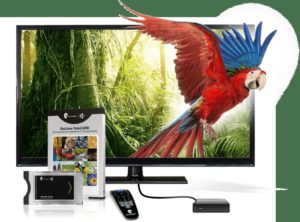 The launch of digital television in the UK changed the way we watch TV and was perhaps the most significant recent technological development. From 2008 to the end of 2012, the entire country switched from analogue to digital. Some 1,154 transmitter stations were upgraded as the analogue signal was switched off and the digital signal boosted so 26 million people could get Freeview.For viewers, watching digital TV meant retuning your existing Freeview TV or buying a digital box if your TV wasn't a digital model. After years of only having five channels, for most people this was their first experience of multi-channel TV without the cost of a satellite TV subscription.
The launch of digital television in the UK changed the way we watch TV and was perhaps the most significant recent technological development. From 2008 to the end of 2012, the entire country switched from analogue to digital. Some 1,154 transmitter stations were upgraded as the analogue signal was switched off and the digital signal boosted so 26 million people could get Freeview.For viewers, watching digital TV meant retuning your existing Freeview TV or buying a digital box if your TV wasn't a digital model. After years of only having five channels, for most people this was their first experience of multi-channel TV without the cost of a satellite TV subscription.
Digital television has gained other benefits such as electronic program guides, improved hard drive recording, closed captioning, digital radio and interactive services such as the BBC Red Button.
A high resolution
High-definition (or HD) television has a resolution five times that of standard definition, 1280x720p or 1920x1080p. A higher resolution image has more lines and is much sharper, more colorful and more detailed. It's no wonder stars were worried their imperfections and wrinkles would become more visible with the advent of HD TV.
In the UK, HD broadcasting began in 2006 and there are now dozens of free HD channels such as BBC One HD, ITV HD and Channel 4 HD, as well as others that require a subscription.
To watch HD you need a compatible TV and source, such as a BT set-top box or Freeview HD box.
3D
In the early 2010s, 3D television was touted as the next big viewing trend, and not for the first time—there have been numerous experiments with 3D in film over the last century, such as House of Wax (1953) and Dial M for Murder (1954).
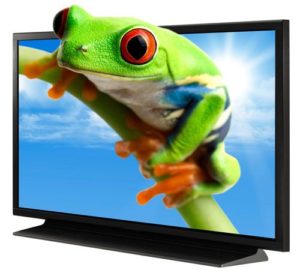 3D even made a comeback with the huge success of 3D films such as Avatar (2009), and this popularity was expected to translate into sales of 3D TVs. But despite the efforts of manufacturers, 3D TV has failed to capture the public's imagination. It wasn't very comfortable to watch, you had to wear glasses and you had to sit directly in front of the TV to get the full benefits of the technology. There was also a lack of content and broadcasters gradually abandoned it. The BBC, which broadcast the 2012 Olympics in 3D, has stopped broadcasting in 3D, citing a "lack of public appetite". Ultimately, 3D became a fad—a technology that wasn't needed and didn't improve everyday TV viewing. According to Ofcom, in 2015, only 7% of UK broadcasters said they watched TV content in 3D.
3D even made a comeback with the huge success of 3D films such as Avatar (2009), and this popularity was expected to translate into sales of 3D TVs. But despite the efforts of manufacturers, 3D TV has failed to capture the public's imagination. It wasn't very comfortable to watch, you had to wear glasses and you had to sit directly in front of the TV to get the full benefits of the technology. There was also a lack of content and broadcasters gradually abandoned it. The BBC, which broadcast the 2012 Olympics in 3D, has stopped broadcasting in 3D, citing a "lack of public appetite". Ultimately, 3D became a fad—a technology that wasn't needed and didn't improve everyday TV viewing. According to Ofcom, in 2015, only 7% of UK broadcasters said they watched TV content in 3D.
LED TV
In mid-2010, LED screens became popular. The technology is similar to LCD, but instead of CCFL lamps, tiny LEDs are used as backlight.
There are two different types of LED TVs. Along the edges of the screen, the edge panels have lamps, allowing them to be thinner and more energy efficient. The backlit panel has LEDs across the entire back of the screen, which means the image should be more uniform, although they are more expensive.
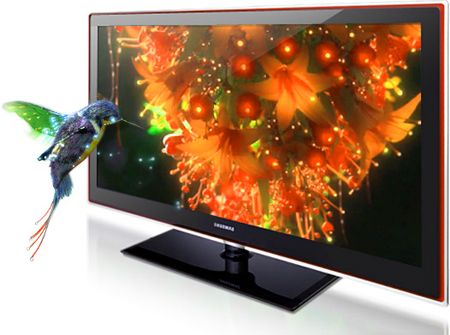
Smart TVs
This type has a built-in Internet connection. This allows them to connect to a router, usually via an Ethernet cable or Wi-Fi plug-in, to access the Internet.
All major manufacturers make smart TVs. The interfaces vary, but they all include apps that you can use to stream content or use additional features. These include free TV on demand apps BBC iPlayer or 4OD, subscription services such as Netflix, or social networks such as Facebook and Twitter.
Smart TVs were initially expensive, but prices have fallen and cheap TVs include internet connectivity. According to Ofcom, 21% of homes had a smart TV installed at the start of 2015, up from 12% in 2014.
OLED
OLED (organic light-emitting diode) TVs are a variation of LEDs, but without backlighting. This allows them to be incredibly thin - only 1mm deep. Each pixel lights up individually, so when they're off, blacks are exceptionally deep. OLED panels have a response time 1000 times faster than LEDs, which is great for fast-paced sports.
 OLED is also physically flexible; LG has created a screen that is folded. This could dramatically change the look of your home TV, opening up the possibility of curved screens and even ones that can be removed from the wall. OLED is currently more expensive compared to other types of TVs, although prices are coming down. The 55-inch LG 55EG9A7V costs around £800, while the LG 55-inch OLED55B7V offers 4K and costs around £1,500, making it a premium product for TV enthusiasts, although LG believes that with improved manufacturing processes production costs will come down .
OLED is also physically flexible; LG has created a screen that is folded. This could dramatically change the look of your home TV, opening up the possibility of curved screens and even ones that can be removed from the wall. OLED is currently more expensive compared to other types of TVs, although prices are coming down. The 55-inch LG 55EG9A7V costs around £800, while the LG 55-inch OLED55B7V offers 4K and costs around £1,500, making it a premium product for TV enthusiasts, although LG believes that with improved manufacturing processes production costs will come down .
Ultra HD or 4K
Ultra HD or 4K is a set with a minimum resolution of 3840 × 2160 - four times more pixels than Full HD and eight times more than SD. The benefit of such a high resolution is the amount of detail you can see. From flower petals in a nature program to drops of sweat on a football player's face, the pictures will be incredibly realistic and close to real life.
More Ultra HD/4K content becomes available to watch. BT Sport has released the first Live Sport 4K channel at 50fps, meaning sharper, blur-free images. Netflix subscribers can watch favorites in Ultra HD, and BT has launched an Ultra HD set-top box. Over the past few years, prices for Ultra HD/4K sets have fallen and they have become much more affordable, with over 50% of TVs sold now supporting Ultra HD/4K.
